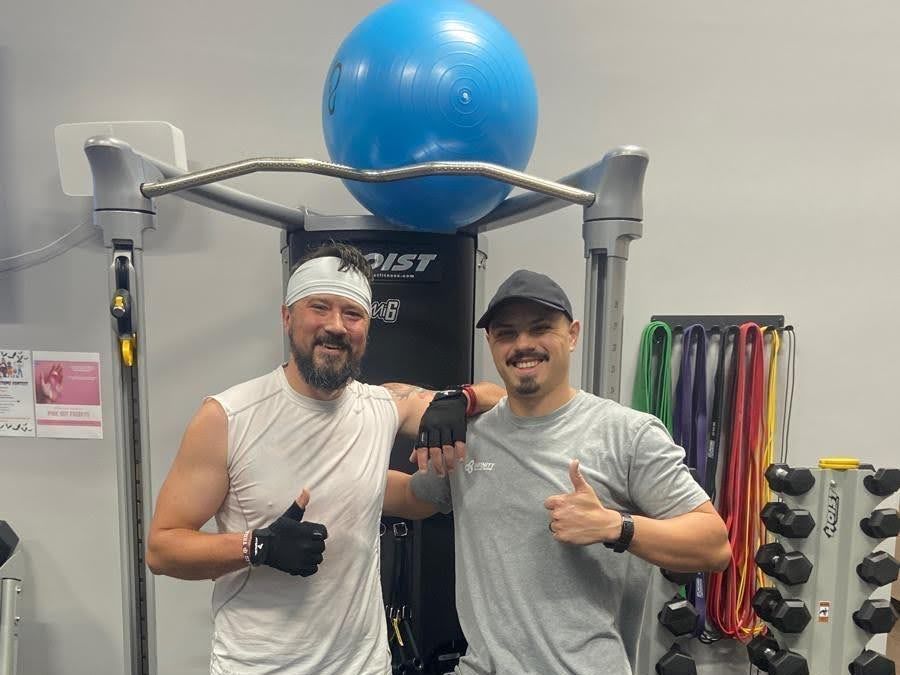In fact, the U.S. Department of Agriculture’s Dietary Guidelines since 2005 have recommended that adults get 20%-35% of their calories from fats. While that sounds doable, the issue is that the typical American actually consumes between 34%-40% of their calories from fat! Unfortunately, most of that fat comes from dangerous sources that lead to obesity and heart disease.
Strangely enough, fats are part of a healthy diet! They supply your body with energy, help keep your skin soft and smooth, help in the absorption of the fat-soluble vitamins A, D, E, and K and are instrumental in blood clotting and muscle movement. So, why, then, has fat become such a bad word in the English language? The problem is that there are different types of fats – some good; some bad, and without a little education, it’s tough to know the difference. There are two main categories of fats – saturated fats, or the bad ones, and unsaturated fats, the good fats.
Let’s get the bad fats out of the way first: the dreaded trans and saturated fats. “Trans fat is a byproduct of a process called hydrogenation that is used to turn healthy oils into solids and to prevent them from becoming rancid.
Food manufacturers jumped on the trans fat bandwagon to increase the shelf life of their products and to save money. While a natural amount of trans fat exists in some foods like dairy, it’s the processed trans fats found in junk foods that we need to watch out for because hydrogenated oils can affect heart health because they increase “bad” (LDL) cholesterol and lower “good” (HDL) cholesterol.
Walking up and down the aisles of your local grocery store, you would be surprised at how many products actually have trans fat as a main ingredient hidden under the guise of its partially hydrogenated oil name. Unfortunately, the FDA allows products to be labeled as “trans fat free” as long as there is less than .5 grams per serving or less. So, it’s advisable to read the label carefully, all the way through the ingredient list! There is literally zero health benefit from eating trans fats, and luckily, the public has spoken and trans fats are slowly starting to be taken out of the food supply.
Saturated fats are another “iffy” fat to avoid as much as possible. These fats are found in animal products (meat, poultry skin, high-fat dairy, and eggs) and in vegetable fats that are liquid at room temperature, such as coconut and palm oils. The American Heart Association recommends limiting saturated fats to no more than 7% of your daily intake of calories because an abundance of saturated fats in your diet can lead heart disease and some studies indicate a link between these fats and colon cancer risk.
Ok, so now that you know about what fats to watch out for…which fats are actually good for you and where can you find them? There are two main categories for “good” fats and these include monounsaturated and polyunsaturated fats.
Found mostly in vegetable oils, polyunsaturated fats are essential fatty acids. This means that our bodies cannot produce it, but it is required for normal body; hence, our need to get them from our food choices. Two types of polyunsaturated fats: omega-3 fatty acids and omega-6 fatty acids. Found primarily in fatty fish such as salmon, mackerel, and sardines, flaxseeds, walnuts, canola oil, and unhydrogenated soybean oil, omega-3 fatty acids are credited with increasing heart health as well as decreasing the risk of stroke.
Monounsaturated fats, on the other hand, are found in olive oil, peanut oil, canola oil, avocados, most nuts, safflower and sunflower oils. A primary component of the “Mediterranean Diet”, studies have shown that people who eat these foods regularly have a low rate of heart disease. It’s especially helpful when used in place of saturated and trans fat-laden foods.
Replacing even a fraction of your “bad” fat food intake with “good” fat food intake can make a huge difference in your overall health. Start taking the time to read ingredient labels on foods you purchase and make a conscious effort to avoid the bad fat to help you stay on the road to a healthy life.





